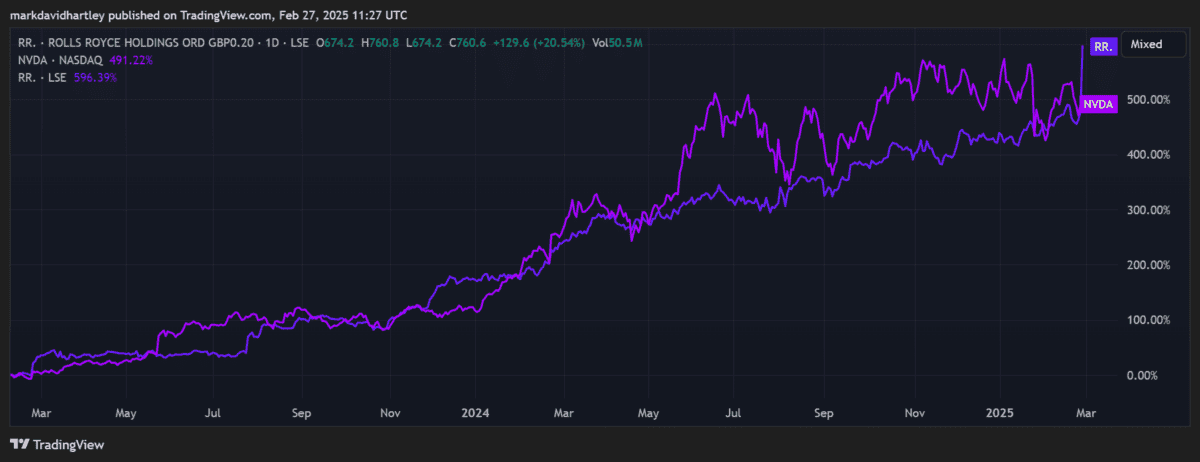In this image released by the FBI shows the wanted posted for Rafael Caro Quintero.
AP/FBI
hide caption
toggle caption
AP/FBI
MEXICO CITY — Mexico has sent 29 drug cartel figures, including drug lord Rafael Caro Quintero, who was behind the killing of a U.S. DEA agent in 1985, to the United States as the Trump administration turns up the pressure on drug trafficking organizations.
The unprecedented show of security cooperation comes as top Mexican officials are in Washington trying to head off the Trump administration’s threat of imposing 25% tariffs on all Mexican imports starting Tuesday.
Those sent to the U.S. Thursday were brought from prisons across Mexico to board planes at an airport north of Mexico City that took them to eight U.S. cities, according to the Mexican government.
Among them were members of five of the six Mexican organized crime groups designated earlier this month by U.S. President Donald Trump’s administration as “foreign terrorist organizations.”
A who’s who of Mexican cartels
Besides Caro Quintero were cartel leaders, security chiefs from both factions of the Sinaloa cartel, cartel finance operatives and a man wanted in connection with the killing of a North Carolina sheriff’s deputy in 2022.
Vicente Carrillo Fuentes, a former leader of the Juarez drug cartel, based in the border city of Ciudad Juarez, across from El Paso, Texas, and brother of drug lord Amado Carrillo Fuentes, known as “The Lord of The Skies,” who died in a botched plastic surgery in 1997, was among those turned over to the U.S.
According to prosecutors in both countries, the prisoners sent to the U.S. Thursday faced charges related to drug trafficking and in some cases homicide among other crimes.
“We will prosecute these criminals to the fullest extent of the law in honor of the brave law enforcement agents who have dedicated their careers — and in some cases, given their lives — to protect innocent people from the scourge of violent cartels,” U.S. Attorney General Pamela Bondi said in a statement.
Tariffs on Mexican imports looming
The removal of the drug cartel figures coincided with a visit to Washington by Mexico’s Foreign Affairs Secretary Juan Ramón de la Fuente and other top economic and military officials, who met with their counterparts, including U.S. Secretary of State Marco Rubio.
In exchange for delaying tariffs, Trump had insisted that Mexico crack down on cartels, illegal immigration and fentanyl production, despite significant dips in migration and overdoses over the past year.
“This is historical, this has really never happened in the history of Mexico,” said Mike Vigil, former DEA chief of international operations. “This is a huge celebratory thing for the Drug Enforcement Administration.”
A long-time DEA target
Mexico’s surprise handover of one of the FBI’s Ten Most Wanted Fugitives was weeks in the making.
Caro Quintero had walked free in 2013 after 28 years in prison when a court overturned his 40-year sentence for the 1985 kidnapping and killing of U.S. Drug Enforcement Administration agent Enrique “Kiki” Camarena. The brutal murder marked a low point in U.S.-Mexico relations.
Caro Quintero, the former leader of the Guadalajara cartel, had since returned to drug trafficking and unleashed bloody turf battles in the northern Mexico border state of Sonora until he was arrested by Mexican forces in 2022.
In January, a nonprofit group representing the Camarena family sent a letter to the White House urging the Trump administration to renew longstanding U.S. requests for Mexico to extradite Caro Quintero, according to a copy of the letter provided to The Associated Press by a person familiar with the family’s outreach.
“His return to the U.S. would give the family much needed closure and serve the best interests of justice,” the letter states.
Pressure increased after Trump threatened imposing stiff trade tariffs on Mexico and designated several Mexican cartels as foreign terrorist organizations, according to a person on the condition of anonymity to discuss the sensitive diplomacy that went into Caro Quintero’s removal.
The acting head of the U.S. Drug Enforcement Administration, Derek Maltz, provided the White House with a list of nearly 30 Mexican targets wanted in the U.S. on criminal charges, according to the person. Caro Quintero, for whose arrest the U.S. had offered a $20 million reward, was number one on that list, according to the person.
“This moment is extremely personal for the men and women of DEA who believe Caro Quintero is responsible for the brutal torture and murder of DEA Special Agent Enrique “Kiki” Camarena,” Maltz said Thursday.
The person said President Claudia Sheinbaum’s government, in a rush to seek favor with the Trump administration and show itself a strong ally in the fight against the cartels, bypassed the formalities of the U.S.-Mexico extradition treaty to remove Caro Quintero and the other defendants.
That means it could potentially allow prosecutors in the U.S. to try him for Camarena’s murder — something not contemplated in the existing extradition request to face separate drug trafficking charges in a Brooklyn federal court.
“If he’s being sent to the U.S. outside of a formal extradition, and if Mexico didn’t place any restrictions, then he can be prosecuted for whatever the U.S. wants,” according to Bonnie Klapper, a former federal narcotics prosecutor in Brooklyn who is familiar with the case.
The U.S. had sought the extradition of Caro Quintero shortly after his arrest in 2022. But the request remained stuck at Mexico’s foreign ministry for unknown reasons as Sheinbaum’s predecessor and political mentor, Andrés Manuel López Obrador, severely curtailed Mexican cooperation with DEA to protest undercover U.S. law enforcement operations in Mexico targeting senior political and military officials.
Cartels could respond
Also among those removed were two leaders of the now defunct Los Zetas cartel, Mexicans Miguel Treviño Morales and his brother Omar Treviño Morales, known as Z-40 and Z-42. The brothers have been accused by American authorities of running the successor Northeast Cartel from prison.
The removal of the Treviño Morales brothers marks the end of a long process that began after the capture in 2013 of Miguel and two years later of his brother, Omar. Mexico’s Attorney General Alejandro Gertz Manero had described the delay as “truly shameful.”
Mexican security analyst David Saucedo said that since negotiations with the Trump administration began, he had expected the U.S. government to demand three things: an increase in drug seizures, arrests of high-profile drug trafficking suspects and the handing over of drug traffickers long targeted by the U.S. for extradition.
Soldiers escort a man who authorities identified as Omar Trevino Morales, alias “Z-42,” leader of the Zetas drug cartel, as he is moved from a military plane to a military vehicle at the Attorney General’s Office hangar in Mexico City, March 4, 2015.
Eduardo Verdugo/AP
hide caption
toggle caption
Eduardo Verdugo/AP
He called Thursday’s removals “an important concession” by Mexico’s government to the United States.
The decision also threatens to upend an unwritten understanding — with notable exceptions — that Mexican drug lords would serve sentences in Mexican prisons where they were often able continue to run their illicit businesses, Saucedo said.
“There will surely be a furious reaction by drug trafficking groups against the Mexican state,” he said.



















